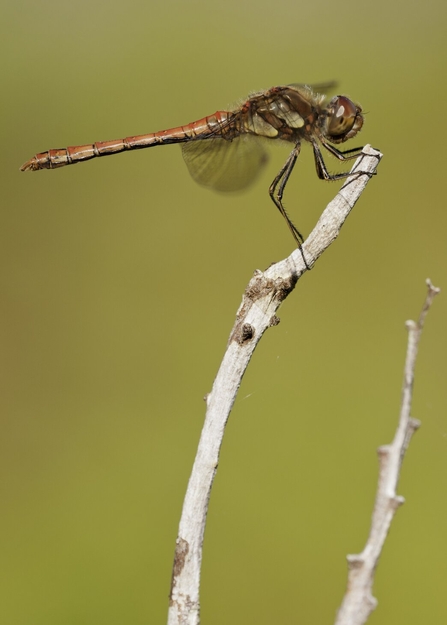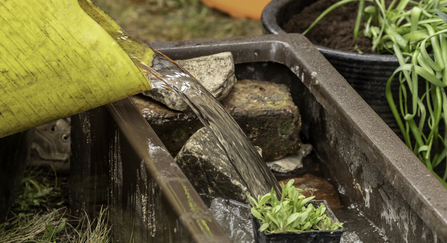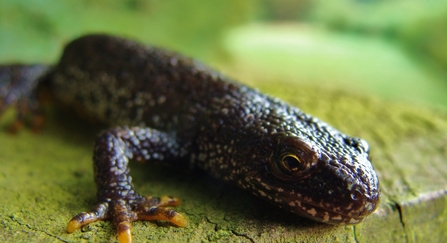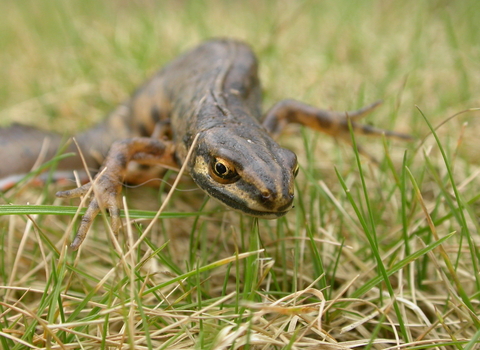Ponds support diverse communities of wildlife and enrich our lives, yet more than one million have been lost in the last 100 years. This is 75% of Britain's ponds, but what happened to them?
Ponds can be natural - e.g. an ox-bow in a river floodplain or created by ice melting at the end of the last Ice-Age - but most have been dug by people. For centuries, ponds played an essential role in people’s lives. It's thought that almost every village and farm in Britain had a pond, with both wildlife and people using the water. As technology, industry and agriculture advanced, many of these ponds were removed altogether or neglected so badly that they no longer support wildlife. Garden ponds, too, became rarer and rarer, with a rising trend for no-maintenance, paved outdoor spaces.














